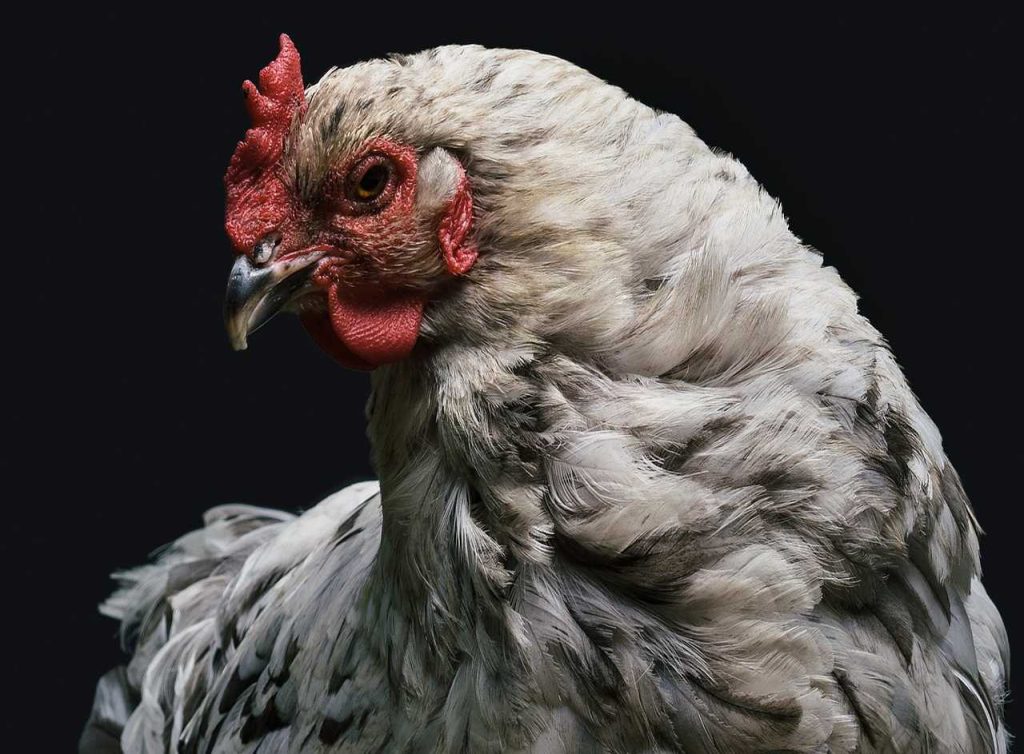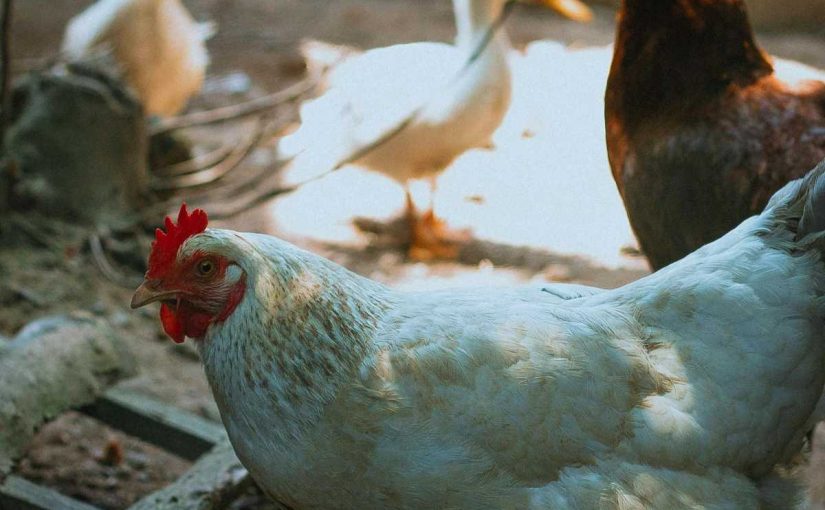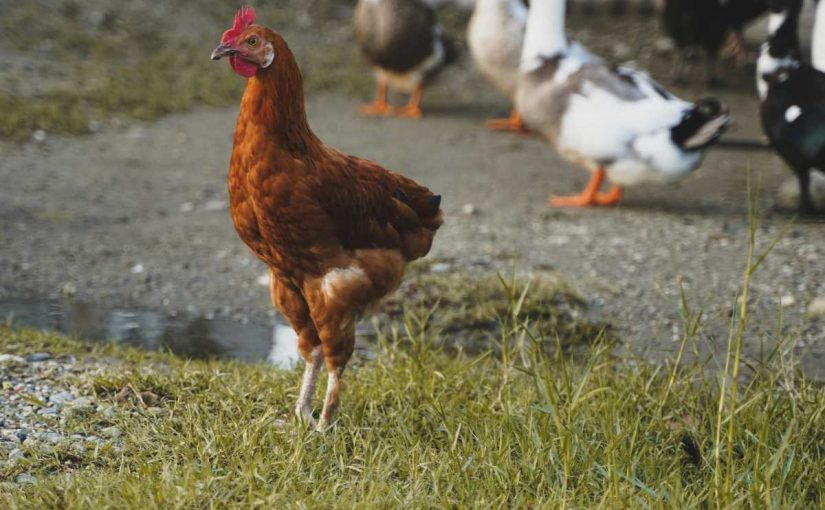Chickens are not only delightful pets but also incredible therapy animals. Their gentle nature and amusing behaviors can bring joy and comfort to individuals dealing with stress, anxiety, or other emotional challenges. If you’re considering starting your own chicken therapy program, here’s a comprehensive guide to help you through the process.
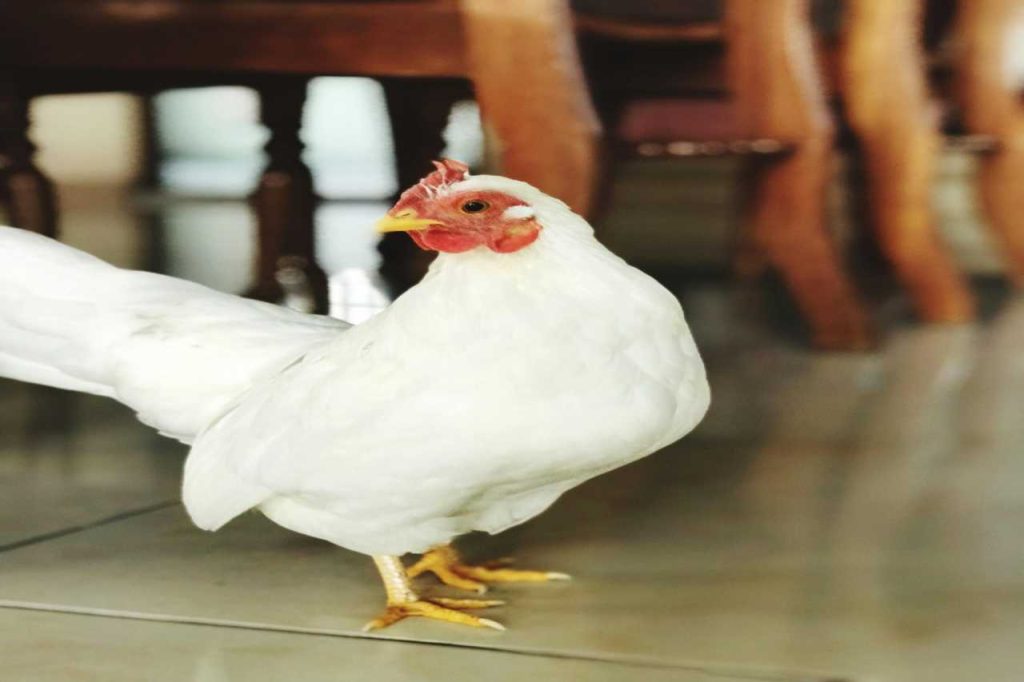
Step 1: Research and Understand the Benefits
Before diving in, it’s crucial to understand the benefits of chicken therapy. Research the positive impacts chickens can have on mental health, such as reducing anxiety, improving mood, and providing companionship. Familiarize yourself with existing programs to gain insights into how they operate.
Step 2: Determine Your Target Audience
Identify who your therapy program will serve. This could include children, seniors, individuals with disabilities, or those in rehabilitation. Understanding your audience will help you tailor your program to meet their specific needs and interests.
Step 3: Create a Business Plan
Develop a detailed business plan that outlines the following:
- Mission Statement: Define the purpose of your chicken therapy program.
- Goals and Objectives: Set clear, measurable goals for your program.
- Budget: Estimate costs for setup, ongoing maintenance, and marketing.
- Location: Determine where your program will operate (e.g., at home, a community center, or a local farm).
- Program Structure: Outline how sessions will be conducted, including duration, frequency, and activities involved.
Step 4: Select the Right Chicken Breeds

Choosing the right chicken breeds is crucial for a successful therapy program. Opt for calm, friendly, and docile breeds, such as:
- Silkies: Known for their friendly nature and soft feathers.
- Orpingtons: Gentle and easy to handle.
- Cochins: Friendly and good with people.
- Plymouth Rocks: Adaptable and sociable.
Consider adopting hens that are already socialized and accustomed to human interaction.
Step 5: Set Up a Safe and Comfortable Environment
Create a welcoming space for your chickens and therapy sessions. Ensure the following:
- Coop and Run: Provide a secure and spacious coop with an outdoor run for the chickens to roam.
- Cleanliness: Keep the environment clean to maintain the chickens’ health and hygiene.
- Comfort: Include comfortable seating for participants and shaded areas for chickens.
- Accessibility: Ensure the space is accessible for individuals with mobility challenges.
Step 6: Obtain Necessary Permits and Licenses
Check local regulations regarding keeping chickens and running a therapy program. You may need permits for zoning, animal welfare, and health and safety. Contact your local government or agricultural extension office for guidance.
Step 7: Develop a Program Curriculum
Create a structured program curriculum that outlines activities and interactions. This could include:
- Feeding and Care: Teach participants how to properly feed and care for chickens.
- Gentle Interaction: Encourage gentle handling, petting, and interacting with the chickens.
- Educational Components: Provide information about chicken behavior, care, and the benefits of animal therapy.
- Mindfulness and Relaxation: Incorporate mindfulness activities, such as sitting quietly with the chickens or observing their behaviors.
Step 8: Recruit and Train Volunteers
Consider recruiting volunteers to assist with your program. Look for individuals who are passionate about animals and have experience working with children or individuals with special needs. Provide training on chicken handling, safety, and program facilitation to ensure a positive experience for participants.
Step 9: Market Your Program
Promote your chicken therapy program through various channels:
- Social Media: Utilize platforms like Facebook, Instagram, and Twitter to share updates and success stories.
- Local Community Centers: Connect with local schools, senior centers, and rehabilitation facilities to introduce your program.
- Workshops and Events: Host open houses or workshops to showcase your program and attract participants.
Step 10: Gather Feedback and Adjust
After launching your program, seek feedback from participants and their families. Use surveys or informal conversations to gather insights about their experiences. Be open to making adjustments based on their suggestions to continually improve the program.
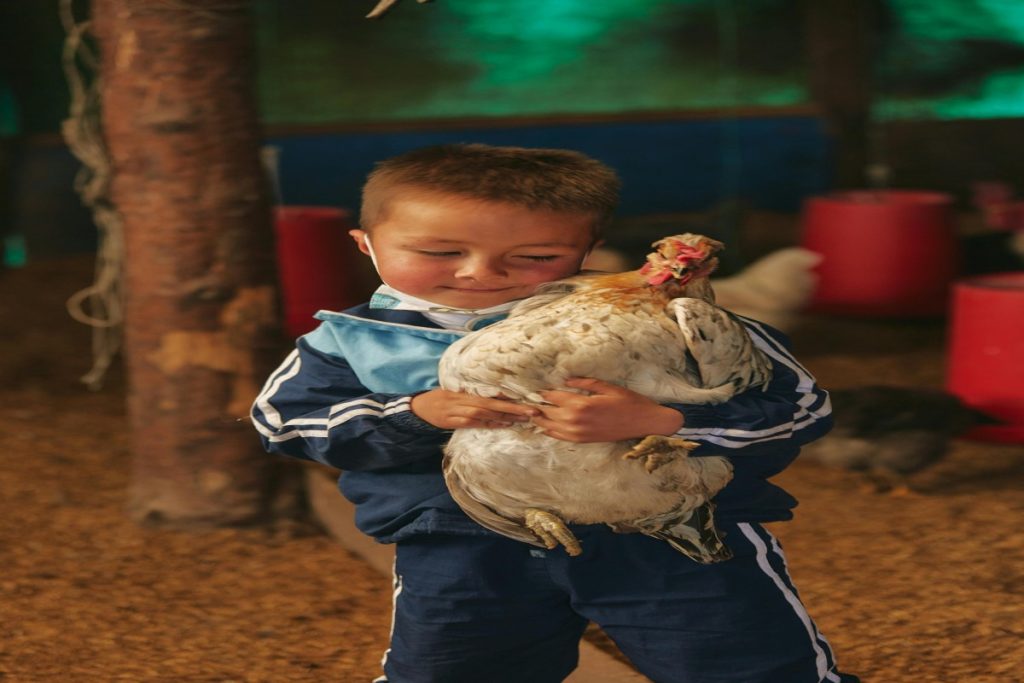
Step 11: Establish Partnerships
Consider forming partnerships with local organizations, schools, or healthcare facilities. Collaborating with professionals in mental health, education, or animal therapy can enhance your program’s credibility and reach.
Step 12: Monitor Progress and Celebrate Success
Keep track of the progress of your participants and the overall impact of the program. Celebrate milestones and successes, whether big or small. Sharing these achievements can help build community support and attract more participants.
Conclusion
Starting a chicken therapy program can be a fulfilling way to bring joy and comfort to individuals in your community. By following these steps, you can create a safe, welcoming environment for both chickens and participants. Embrace the journey, and enjoy the process of sharing the therapeutic benefits of these wonderful animals!

